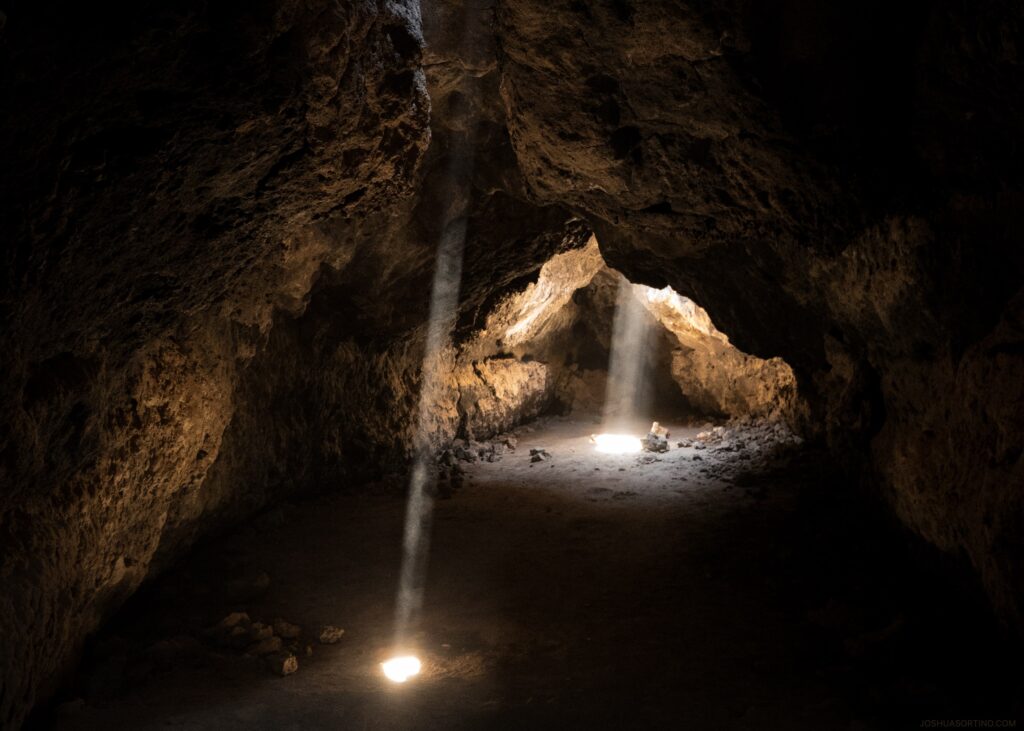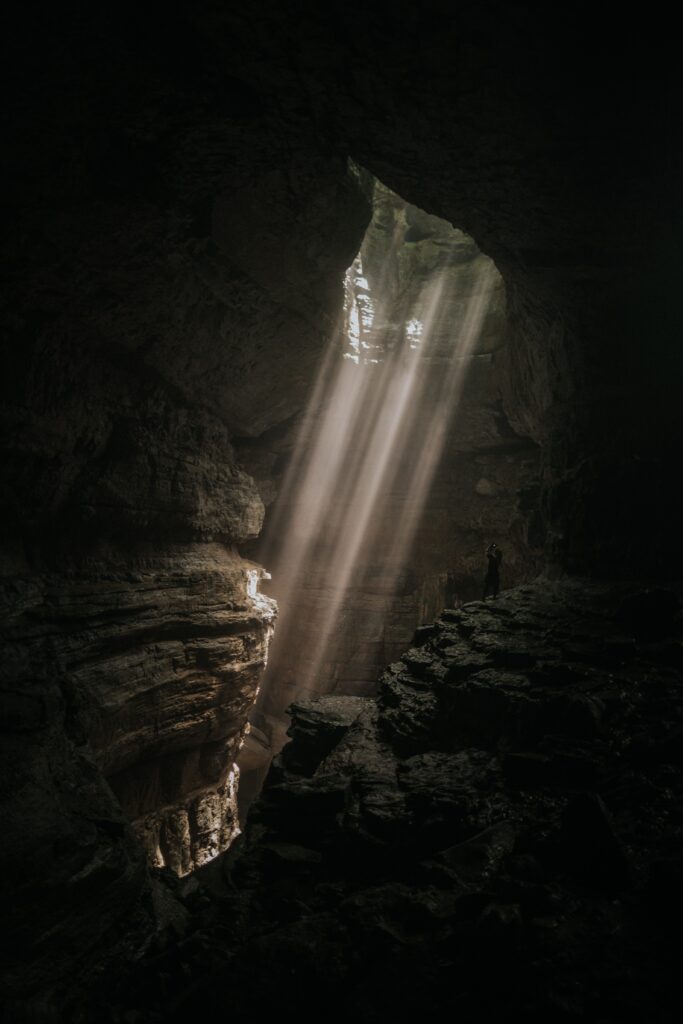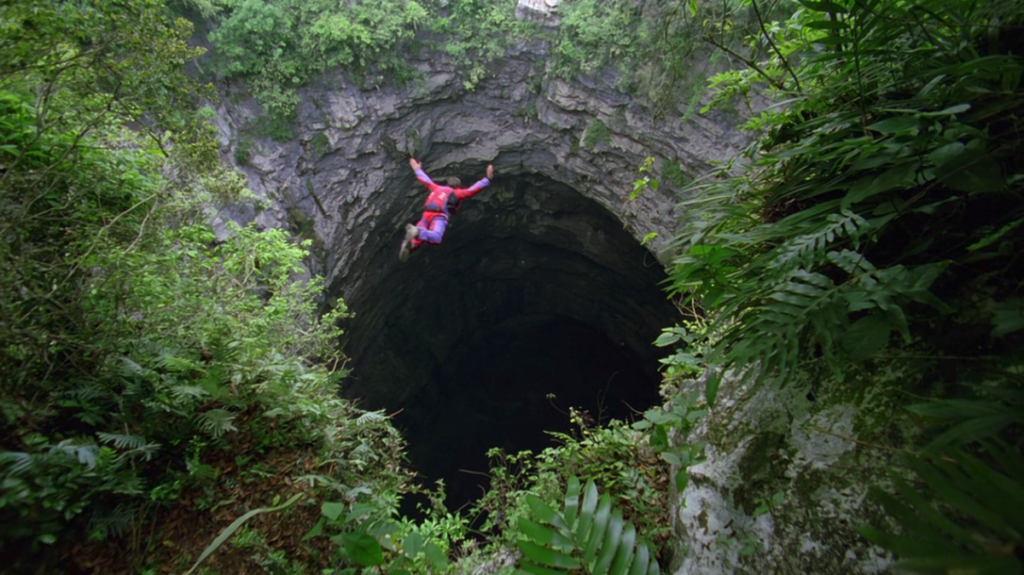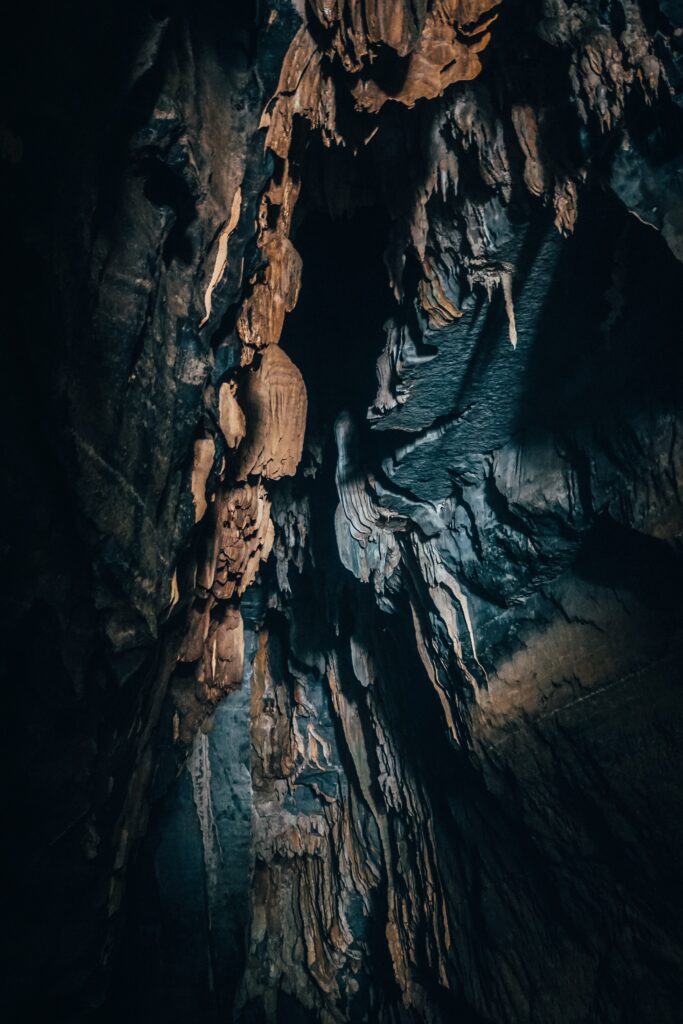In the very center of Mexico, on the territory of the state of San Luis Potosi, there is a cave of Swallows, which is rightfully considered one of the deepest karst sinkholes on the planet. Interestingly, the cave inside is much larger than it might seem at first sight.

From above, only a modest rounded depth opens up to the human eye by the measures of scientists, and it is about 50 by 60 meters. Of course, it looks grandiose for an ordinary traveler – a large deepening right in the middle of the tropical jungle. But this is just a minor part of the cave that lies on the very surface. The lower the descent, the greater the circumference of the tunnel reaches. And closer to the bottom of the cave, its span is 300 by 135 meters.
The Cave of Swallows is a kind of pocket, also in shape, it is compared to a jug, tapering at the top. The total depth of the cave ranges from 333 to 376 meters. It all depends on from which side to measure it. Since the passage to the cave is located on a hill, the slopes of which differ in height, the total volume of the cave exceeds 33,000 cubic meters.
Origin of the name and history of the cave
The Swallow Cave owes its name to the abundant colonies of birds that live on the inner slopes of the tunnel. Locals call this place “the basement of Swallows” but birds of this genus are practically absent in it. For the most part, the cave is occupied by swifts and parrots. Swallows probably lived here at the time when the cave was given this nickname.
Since ancient times the local population has been aware of this underground world, but not a single story or myth about its origin or inhabitants has reached us. The first documented studies of the cave were carried out only in 1996. It turned out that thanks to the local feathered inhabitants who lived in the vaults of the cave. A colossal amount of waste and excrement was formed at its bottom. The accumulation of such a substance attracts many insects and reptiles. In addition, various dangerous microorganisms feel great here. Because of the current situation, the aromas of the cave are the most fetid. For this reason, it is recommended that all descenders wear special breathing equipment.
An interesting fact is that the lower parts of the cave have not been studied to this day. It is only established that one of the tunnels deepens to 515 meters.
The winged inhabitants of the cave
In addition to a very unpleasant stench and the presence of a large number of insects that live in sediments, there is a large settlement of birds inside that have built their nests in the cracks of the slopes. In the morning, the winged inhabitants slowly leave their shelter along a special way, and in the evening, they fly back abruptly. In fact, in the blink of an eye, each of them gets into their shelter.


This is a very fascinating sight, which tourists come to admire and scientists explore.
What can I do inside?
This place can attract fans of extreme sports with its unusual entertainment – mountaineering and base jumping.
For those who like to go down steep cliffs, the descent usually takes about 30 minutes, and you can climb back up in about two hours. Special fastening equipment has already been prepared on the vaults for these purposes.
And for those who prefer the maximum extreme, there is an opportunity to jump right into the depths of the cave, reaching the bottom of it in about 10 seconds. But they will still have to make the same way to the surface as climbers – along the walls.
















